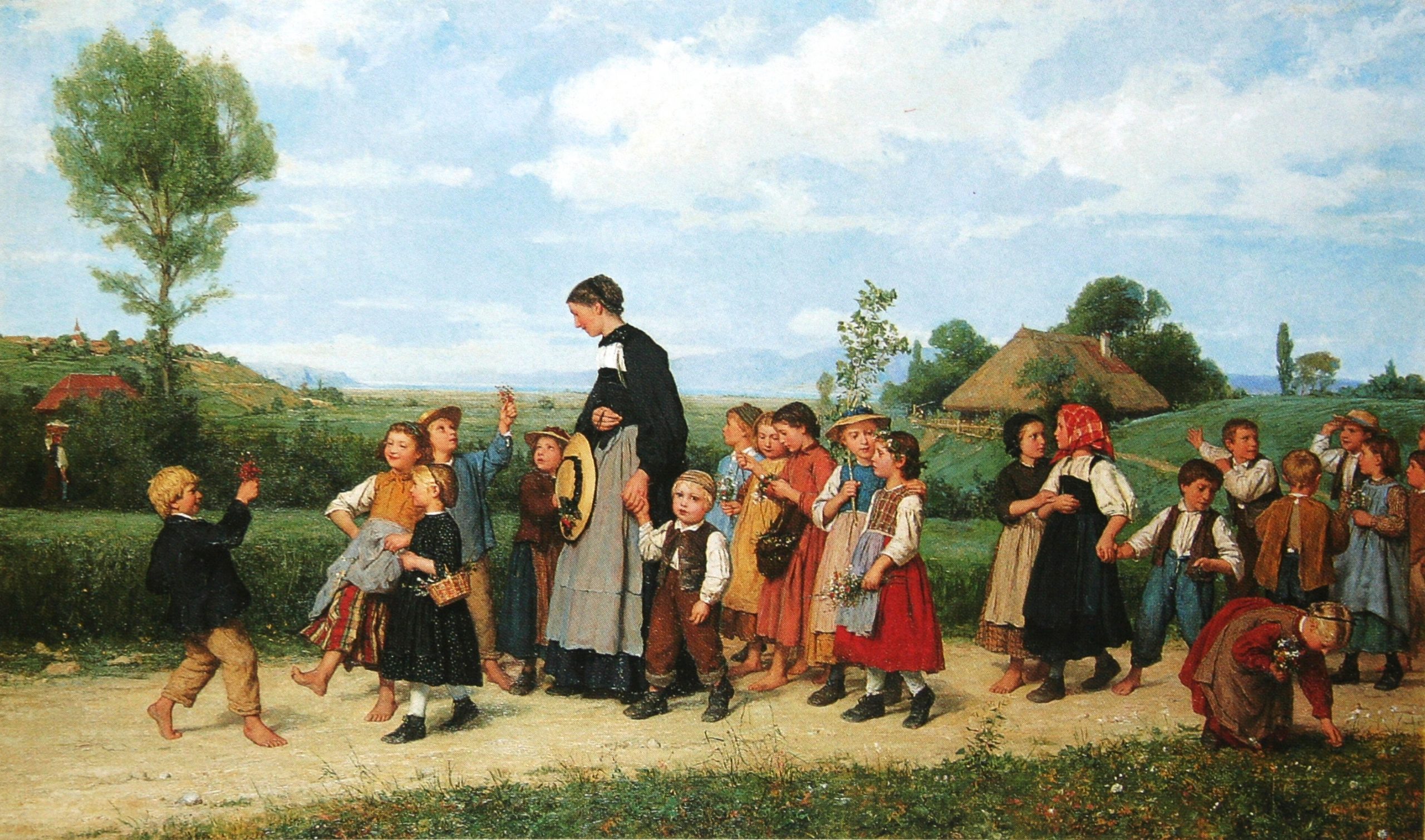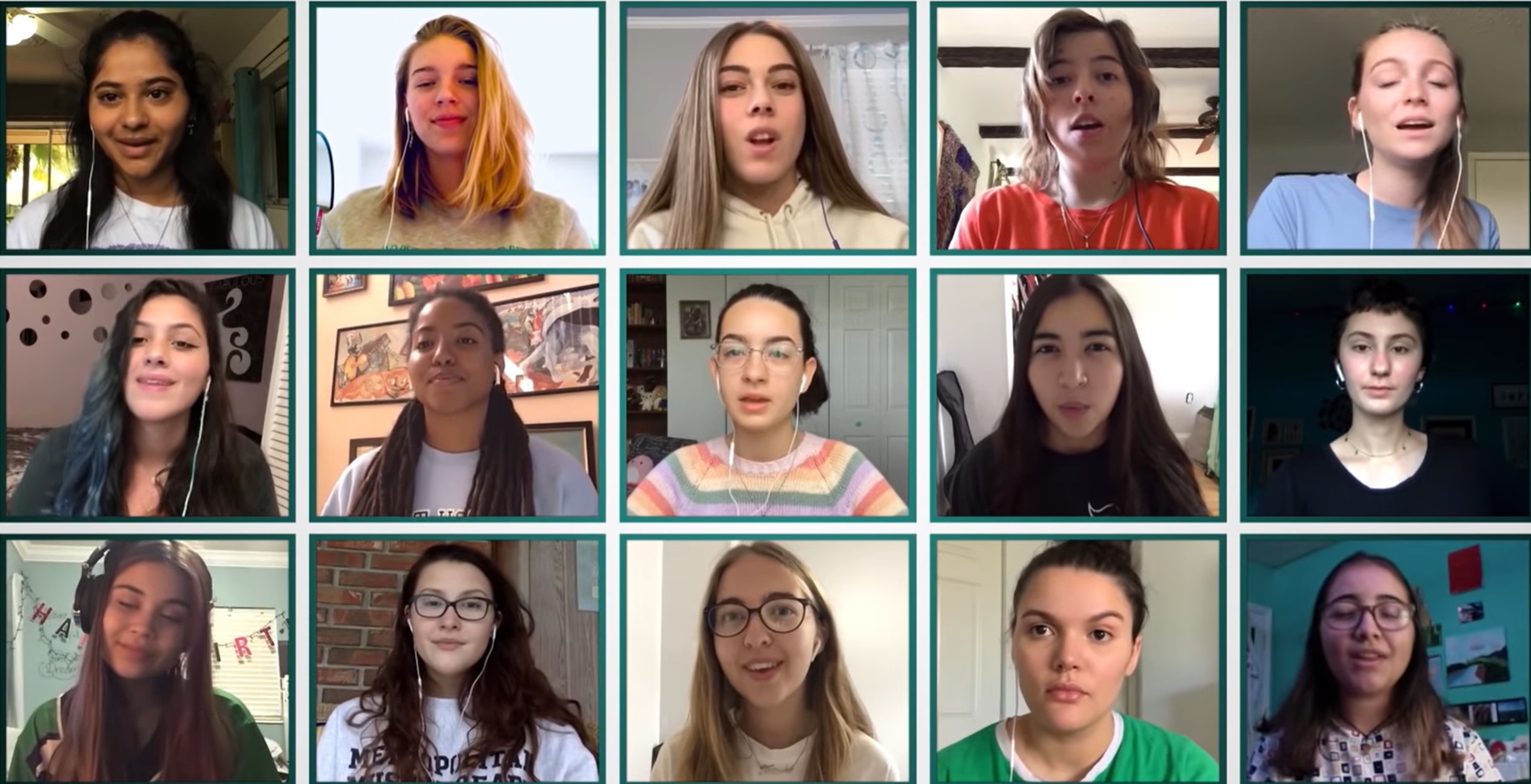Standards Vermont Workspace
- Home Page 461

Artificial Intelligence
#SmartCampus is an electrotechnical transformation. There is no other industry more sensitive to competitor claims of “smartness” than the education industry in any nation.
Though there are many open source consortia moving rapidly to claim ownership of this space these consortia may not meet the criteria for large scale adoption that often results from market acceptance, recognition and endorsement by local, state and federal government. At the moment the Institute of Electrical and Electronic Engineers is the first name in consensus standards for artificial intelligence technology. Today we list three standards early in their trajectory in which the education facilities industry — as a user of this technology — can have an influence guaranteed by ANSI Due process requirements for American national standards:
P7008 – Standard for Ethically Driven Nudging for Robotic, Intelligent and Autonomous Systems
Nudges, as exhibited by robotic, intelligent or autonomous systems, are defined as overt or hidden suggestions designed to influence human behavior or emotions. Sponsored by the IEEE Robotics and Automation Society, IEEE P7008 delineates the concepts, functions and benefits necessary to establish and ensure ethically driven methodologies for the design of robotic, intelligent and autonomous systems in accordance with worldwide ethics and moral theories, with an emphasis on aligning the ethics and engineering communities to understand how to pragmatically design and implement these systems. Prospectus: IEEE Artificial Intelligence Standard P7008
P7009 – Standard for Fail-Safe Design of Autonomous and Semi-Autonomous Systems
Malfunctioning autonomous and semi-autonomous systems can disadvantage and harm users, society, and the environment. Effective fail-safe mechanisms can help mitigate risks related to system malfunction and provide developers, installers and operators with clear technical criteria to terminate unsuccessful or compromised operations in a safe and consistent manner. Sponsored by the IEEE Reliability Society, IEEE P7009 establishes clear procedures for measuring, testing, and certifying a system’s ability to fail safely on a scale from weak to strong, with instructions for improving system performance. The standard provides a basis for developers, as well as users and regulators, to design robust and transparent fail-safe mechanisms for increased accountability. Prospectus: IEEE Artificial Intelligence Standard P7009
P7010 – Wellbeing Metrics Standard for Ethical Artificial Intelligence and Autonomous Systems
Today, with the advancement of autonomous and intelligent systems, programmers, engineers, and technologists need to consider how the products and services they create can increase human wellbeing based on a wider spectrum of measure than economic growth and productivity alone (i.e., emotional health, societal impacts, environment, etc.). Sponsored by the IEEE Systems, Man, and Cybernetics Society, IEEE P7010 identifies wellbeing Indicators and metrics relating to human factors directly affected by autonomous and intelligent systems and establishes a baseline for aligning the types of objective and subjective data these systems should analyze and include, in both programming and functionality, to proactively utilize these technologies to increase human well being. Prospectus: IEEE Artificial Intelligence Standard P7010
All three standardization projects completed balloting in December 2018. This is a milestone in the technical committee’s work before the drafts are released for public review and posted in the link below:*
IEEE Standards Association Public Review
While the influence of these standards may not show up directly, or even discernably in facility management operations budgets we will keep an eye on them. We will collaborate with the IEEE Education & Healthcare Facilities Committee where such collaboration can be effective. We are happy to discuss these standards any day at 11 AM Eastern time during our daily livecast. Log in with the credentials at the upper right of our home page.
Issue: [18-290] [18-291] [18-292]
Category: #SmartCampus, Electrical, Telecommunications, Information and Computer Technology, Facility Asset Management
Colleagues: Mike Anthony, Jim Harvey, Kane Howard, Richard Robben
*If this page will not load for you, we recommend you contact the IEEE-SA (CLICK HERE)
LEARN MORE:
Join @IEEESA for our 'Ethically Merging Mixed and Physical Realities' webinar on 18 Oct. Topics include discussing #MR, #AR and #VR and the challenges/opportunities regarding our human future with #technology. https://t.co/fvJZf08muw #IEEEethics #TechEthics pic.twitter.com/OivY2pB7yF
— IEEE Standards Assoc (@IEEESA) October 11, 2018
Learn more about how @marvellsemi is #SecuringTheFutureOfAutomotive at IEEE Ethernet & IP @ Automotive Tech Day October 9-10. https://t.co/dOK63A0D9V #AutomotiveEthernet #AutonomousCars #ConnectedVehicle https://t.co/OGk73yIRoj pic.twitter.com/1G825kzLRD
— IEEE Standards Assoc (@IEEESA) September 10, 2018
5.6.2020
Risk Management for Youth & School Trips
The ISO Advisory Committee on Consumer Policy (COPOLCO) has submitted a proposal for new work item proposal for the development of an ISO standard on Managing risk for youth and school trips, with the following scope statement:
We envision a new ISO standard which will provide guidance for managing risk for youth (in particular, minors due to their particular vulnerabilities) and school trips for both domestic and international travel. The standard will gather best practices to address typical risks for this sector such as behavioral breaches and carelessness of students, weather-related problems, requirements for those with special needs (such as travelers with disabilities), technical elements such as mechanical failures of equipment, etc. The standard will benefit both the travelers themselves and the organizations that serve them by covering:
– Safety and security of groups of young people travelling (specifically but not limited to school groups);
– Risk management for organizations such as school boards, tourist attractions, tour operators, service providers, and recreational activities, etc. NOTE: This proposed standard will not include how to organize such trips and it will not be limited to adventure travel.
Anyone wishing to review the proposal can request a copy by contacting ANSI’s ISO Team (isot@ansi.org), with a submission of comments to Steve Cornish (scornish@ansi.org) by close of business on Friday, June 5, 2020
We maintain all ISO consensus products on the standing agenda of our Global standards teleconferences. See our CALENDAR for the next online meeting; open to everyone.
Issue: [20-144]
Category: Security, Global, Risk Management
Colleagues: Mike Anthony, Christine Fischer, Jack Janveja
Source: Managing Risk for Youth and School Trips: ANSI Seeks Feedback on New ISO Proposal
LEARN MORE:
Social Responsibility
The Association Française de Normalisation (AFNOR), the International Organization for Standardization (ISO) member body for France, has submitted to ISO a proposal for a new field of ISO technical activity on Social Responsibility, with the following scope statement:
Standardization in the field of Social Responsibility to provide guidance and framework to all types of organizations, regardless of their size, activity or location. It allows organizations to challenge their own practices, define their corporate social responsibility and thus devise strategies to enhance their contribution to sustainable development.
Anyone wishing to review the proposal can request a copy by contacting ANSI’s ISO Team (isot@ansi.org), with a submission of comments to Steve Cornish (scornish@ansi.org) by close of business on Friday, June 5, 2020
We maintain all commenting opportunities on ISO consensus products on the standing agenda of our Global teleconferences. See our CALENDAR for the next online meeting; open to everyone.
At the moment, we find only a few ISO consensus products incorporated by reference into the best practice literature that affects the cost of US education communities. It is wise to follow the action, however, because these products can inform higher level policy pronouncements. We maintain all ISO consensus products on the standing agenda of our Global teleconferences. See our CALENDAR for the next online meeting; open to everyone.
Issue: [20-126]
Category: Academic
Colleagues: Mike Anthony, Christine Fischer
Source: ANSI Standards Action
LEARN MORE:
ANSI Accredited U.S. Technical Advisory Groups (TAGs) to ISO
Workspace / Fountains
This content is accessible to paid subscribers. To view it please enter your password below or send mike@standardsmichigan.com a request for subscription details.
Standing Agenda / Housing
This content is accessible to paid subscribers. To view it please enter your password below or send mike@standardsmichigan.com a request for subscription details.
Swimming Pool Pumps, Filters, and Chlorinators
This content is accessible to paid subscribers. To view it please enter your password below or send mike@standardsmichigan.com a request for subscription details.
Standards Connecticut
As we explain in our ABOUT, we are continuing the development of the cadre of “code writers and vote-getters” begun at the University of Michigan in 1993. We are now drilling down into state and local adaptations of nationally developed codes and standards that are incorporated by reference into public safety and sustainability legislation.
This post is a “test pancake” for generating discussion, and for developing a way forward for crafting state exceptions to nationally developed codes and standards. Every state will have to be managed according to its history, culture, governance regime, asset-base and network of expertise. Standards Michigan remains the “free” home site but state-specific sites such as Standards Connecticut will be accessible to user-interest code-writers and vote-getters. Please send bella@standardsmichigan.com a request to join one of our mailing lists appropriate to your interest.






More
Connecticut Public Utilities Regulatory Authority
Connecticut State Building Code
University of Connecticut General Obligation Bonds
University of Connecticut Special Obligation Student Fee Revenue Bonds
IEC/SC 8C: Network Management
This content is accessible to paid subscribers. To view it please enter your password below or send mike@standardsmichigan.com a request for subscription details.
Standing Agenda / US Census Bureau Construction Report
This content is accessible to paid subscribers. To view it please enter your password below or send mike@standardsmichigan.com a request for subscription details.
New update alert! The 2022 update to the Trademark Assignment Dataset is now available online. Find 1.29 million trademark assignments, involving 2.28 million unique trademark properties issued by the USPTO between March 1952 and January 2023: https://t.co/njrDAbSpwB pic.twitter.com/GkAXrHoQ9T
— USPTO (@uspto) July 13, 2023
Standards Michigan Group, LLC
2723 South State Street | Suite 150
Ann Arbor, MI 48104 USA
888-746-3670

















